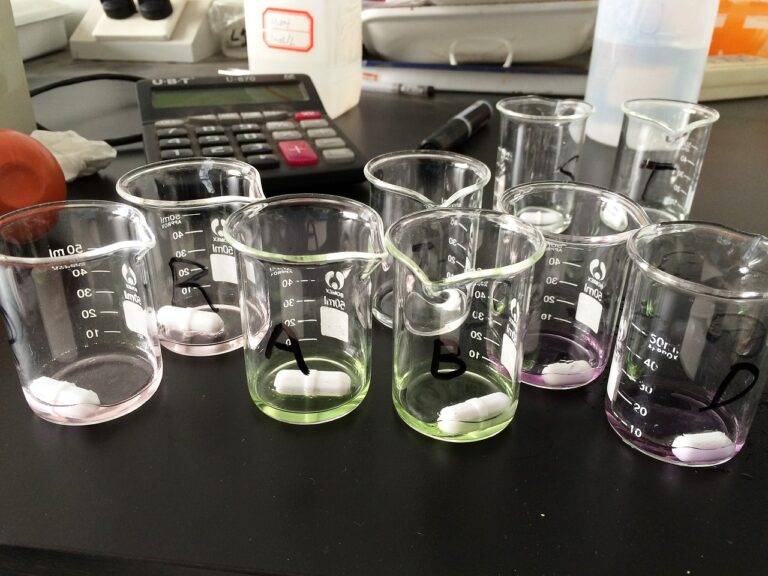The Role of Tech in Disaster Risk Reduction and Resilience Building
Early warning systems are critical tools in disaster management, providing crucial information to help prepare and mitigate potential risks. By detecting threats and disseminating timely alerts, these systems can save lives, reduce the impact of disasters, and facilitate effective response efforts. Building and strengthening early warning systems is essential for enhancing community resilience and ensuring swift action in the face of imminent dangers.
Moreover, early warning systems play a key role in increasing awareness and understanding of various hazards, ranging from natural disasters to epidemics. Through the proactive communication of risk information, communities can better comprehend the potential dangers they face and take necessary precautions to safeguard lives and property. Ultimately, investing in the development and implementation of robust early warning systems is a fundamental aspect of disaster preparedness and risk reduction strategies.
Utilizing Geographic Information Systems for Disaster Preparedness
Geographic Information Systems (GIS) have become invaluable tools in enhancing disaster preparedness efforts. By leveraging spatial data and advanced mapping technologies, GIS allows emergency managers to analyze risk factors, assess vulnerabilities, and develop effective response strategies. The ability to overlay various data layers, such as infrastructure, population density, and environmental conditions, enables decision-makers to visualize potential impact areas and make informed decisions to mitigate risks proactively.
Moreover, GIS plays a crucial role in facilitating communication and coordination among multiple agencies during disaster responses. Through the use of real-time mapping and data sharing, stakeholders can collaborate more efficiently, allocate resources effectively, and streamline evacuation procedures. By integrating GIS into disaster preparedness planning, communities can better anticipate, respond to, and recover from natural disasters, ultimately saving lives and minimizing damage.
Innovative Technologies for Monitoring Natural Disasters
In recent years, the demand for innovative technologies to monitor natural disasters has intensified due to the escalating frequency and intensity of these events. One significant advancement that has shown promise in disaster monitoring is the use of remote sensing devices and unmanned aerial vehicles (UAVs) equipped with state-of-the-art sensors. These technologies have enabled real-time data collection and analysis, providing crucial information for early warning systems and disaster response efforts.
Another breakthrough in disaster monitoring technology is the development of satellite-based systems that can detect changes in the Earth’s surface, such as ground deformation and vegetation stress, which are indicative of potential natural disasters. By utilizing satellite imagery and advanced algorithms, these systems can forecast events like earthquakes, landslides, and wildfires with greater accuracy and lead time. The integration of such technologies into existing disaster management frameworks holds the promise of enhancing preparedness and response capabilities in the face of natural calamities.
• Remote sensing devices and UAVs equipped with advanced sensors enable real-time data collection
• Satellite-based systems can detect changes in the Earth’s surface indicative of potential disasters
• Integration of these technologies into existing frameworks enhances preparedness and response capabilities
How important are early warning systems in natural disaster monitoring?
Early warning systems play a crucial role in alerting communities about impending natural disasters, allowing them to take necessary precautions and evacuate if needed.
How can Geographic Information Systems (GIS) help in disaster preparedness?
GIS technology helps in analyzing geographic data, mapping out vulnerable areas, and identifying potential risks, enabling better disaster preparedness and response strategies.
What are some innovative technologies used for monitoring natural disasters?
Some innovative technologies for monitoring natural disasters include remote sensing, drones, artificial intelligence, and IoT devices that provide real-time data on environmental conditions.





